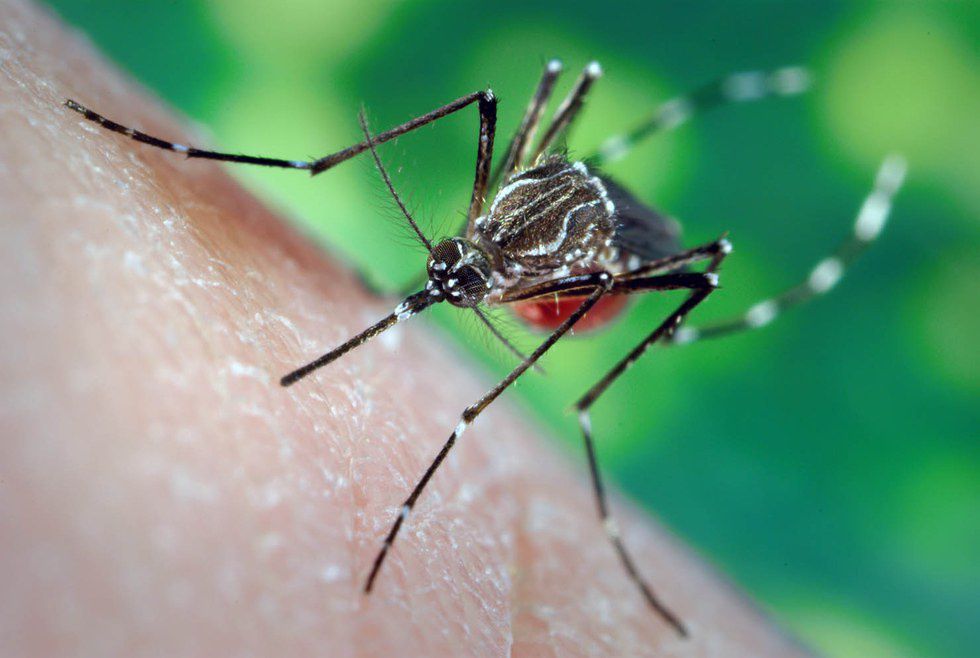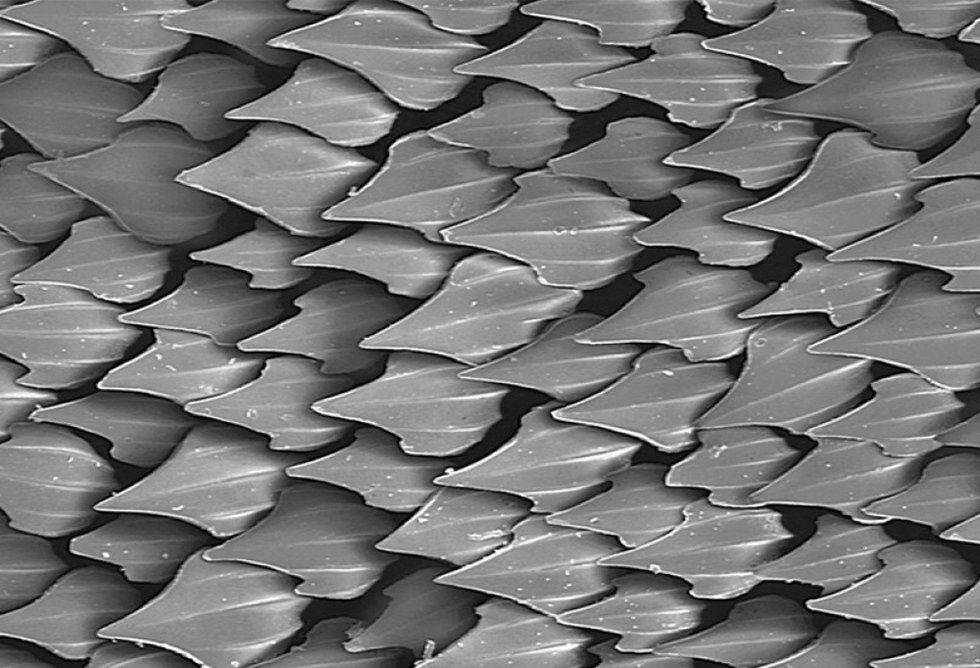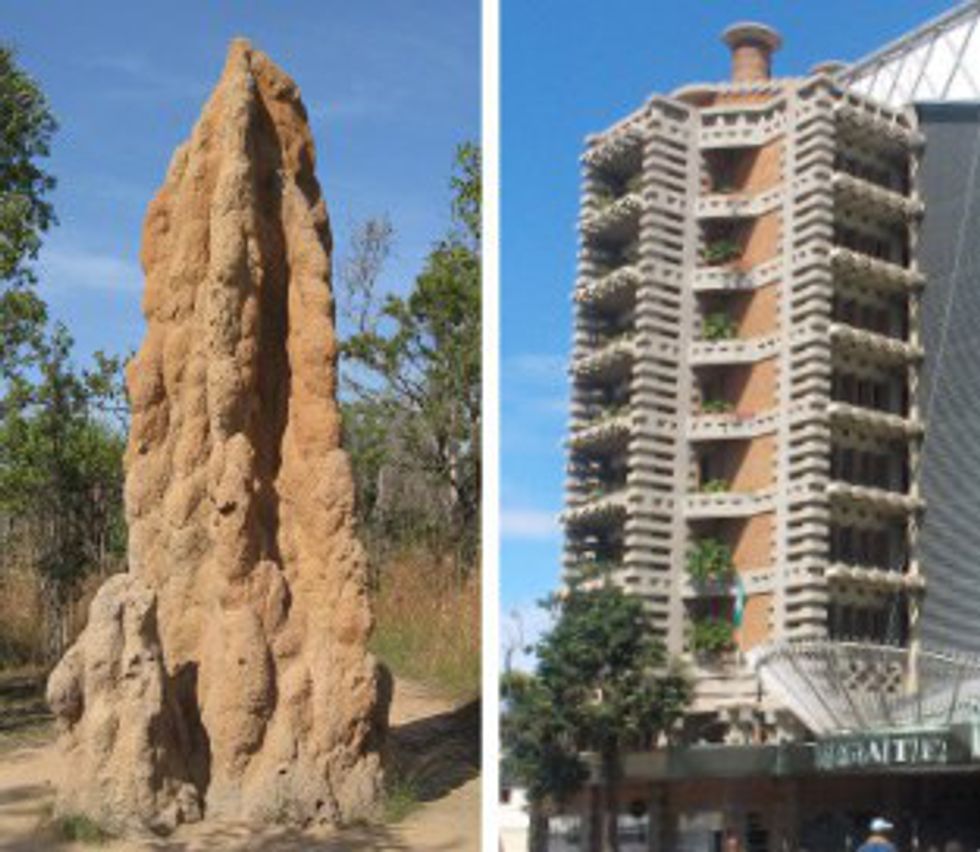One of the things humans are known for on our planet is being able to advance technologically. Since humans have existed we’ve been creating new things, from swords and silk to air conditioning and microwave ovens. More recently, humans have been turning to nature for inspiration for their creations. This is called biomimicry- human innovation through imitation of nature.
1. Mosquito mouths and Injection Needles
Mosquito bites are itchy and frustrating, but they’re generally painless and often unnoticeable when they actually occur. This is because the mouth of a mosquito has several small, moving parts that help it penetrate the skin almost undetectably. Scientists at Kansai University in Japan noticed this and designed a needle based on the structure of a mosquito’s mouth. The result? A much less painful needle.
2. Whale flippers and Wind Turbines
If you’ve seen a photo or drawing of a humpback whale, you’ve probably noticed the bumps along its front flippers. These are called tubercles, and they slice through water to keep it moving fast, allowing the whale to make sharper turns than it could with smoother flippers. Studies of model whale fins in wind tunnels have shown that the tubercles improve lift by 8% and reduce drag by 32%. A company called WhalePower hopes to develop wind turbines with tubercles to improve their efficiency.
3. Kingfishers and Bullet Trains
Shinkansen trains, or Japanese bullet trains, are known for their speed, traveling at up to 200 miles per hour. However, when the trains were first in use, the change in air pressure as they left their tunnels produced a loud, thunderclap-like sound that drew complaints from people living nearby. The train’s chief engineer, Eiji Nakatsu, noticed that the kingfisher bird was able to dive into water without creating a large splash, and remodeled the front ends of the trains to mimic the bird’s beak. The shinkansen became not only quieter but more energy efficient, allowing them to become about 10% faster, too.
4. Shark Skin and Swimwear
Sharks’ skin may look smooth, but it’s actually covered in thousands of tiny structures called dermal denticles”, literally, “little skin teeth”. Like the tubercules on a whale’s flippers, denticles break water flow into smaller sections that allow it to pass by more quickly. The denticles also help protect the shark from parasites because it’s harder to attach to the rough surface. Synthetic denticles have been used on the bottoms of boats and on competitive swimsuits to improve their speed, and they may be used in hospitals to prevent bacterial growth.
5. Burrs and Velcro
When dogs go out to play in fields, they’ll often return with at least a few of the small, prickly seed pods produced by burr plants tangled in their fur. This is what happened to Swiss engineer George de Mestral’s dog, and after removing the burrs and taking a closer look at them, he found that they were velcro, which utilizes the same hooked needles to cling to itself.
6. Termite Mounds and Office Buildings
The structure of termite mounds has been found to allow them to "breathe" via porous walls, vents, and tunnels. These pores harness wind energy and allow it to mix with the air inside the mound, regulating its temperature. The Eastgate office complex in Zimbabwe, designed by architect Mike Pearce, mimics the structure of a termite mound to cut air conditioning costs significantly. The building uses 90% less energy than a conventional office building.
7. Lotus Leaves and Paint
Lotus leaves, much like sharkskin, are covered in tiny protuberances that keep things from sticking to it. Dust and dirt roll off the smooth leaves of the plant, keeping it clean and healthy. The German company Ispo studied lotus leaves and developed a paint that could protect itself from dust by utilizing the same structures, allowing dust and dirt to simply roll off a house and eliminating the need for pressure-washing.
8. Dolphins and Data Transmission
Detecting tsunamis before they become a major threat is particularly difficult because the equipment to detect them must be located at depths of about 6000 meters. The sensors then send data to buoys at the surface, traveling through miles of water to reach them. Transmitting signal through miles of water is no easy feat for us- but it is for dolphins. Dolphins are able to recognize each other's calls from up to 25000 meters away by using multiple frequencies in each call. The underwater transmission modem developed by EvoLogics uses this technique to transmit signals, and is already being used in the Indian Ocean's tsunami early warning system.
9. Manta Rays and Ocean Cleanup
A 19-year-old student named Boyan Slat has designed a cleaning system for oceanic garbage patches with a shape inspired by the manta ray. The "body" would be anchored to the seafloor, and the "wings" would be long fabric booms which would catch debris. The organic motion of the booms would allow the stations to collect debris with minimal disturbance to marine wildlife. Because the plastic collected by these stations could be collected and recycled, Slat says the project would more than likely be able to fund itself from selling the plastic to be reprocessed.



























